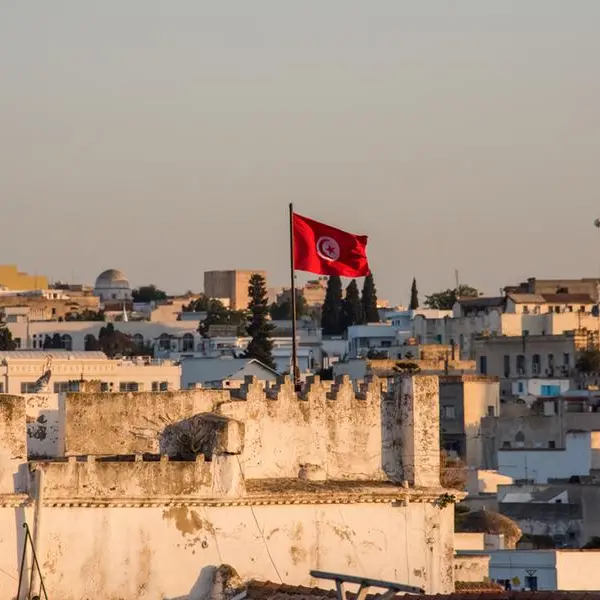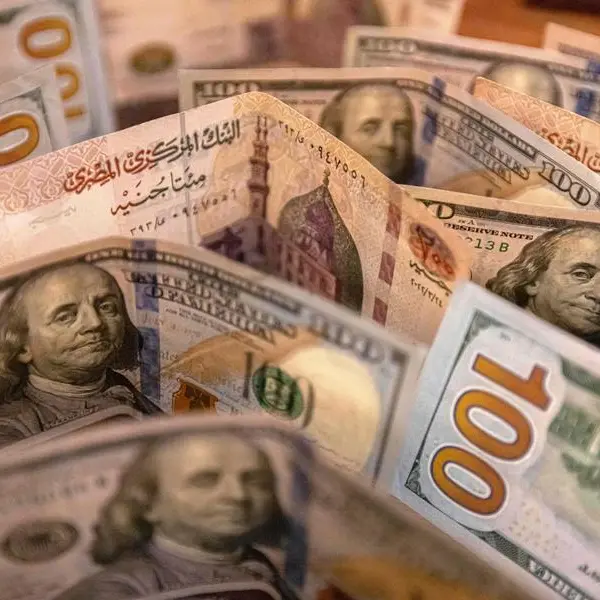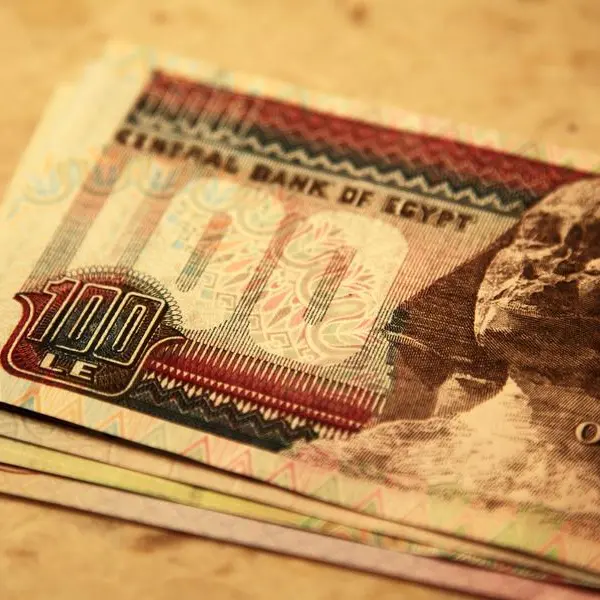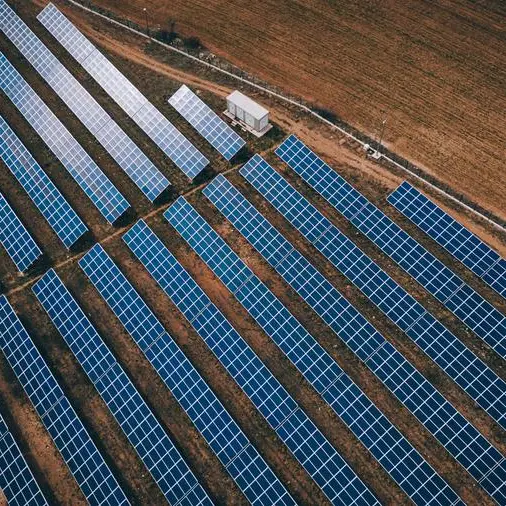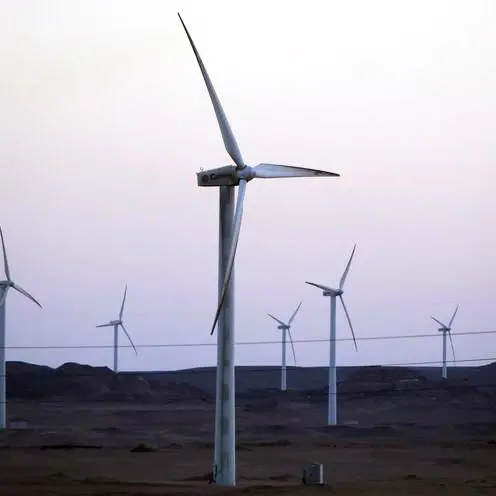PHOTO
In light of the recent devaluation of the local currency, Egypt might experience one of three possible scenarios, where inflation rates could go as high as 38% or as low as 24% by year-end, according to Oxford Economics Africa.
“Firstly, conventional economic wisdom would have one believe that the exchange rate weakness will result in further inflationary pressures,” the briefing released on Tuesday said. “A model taking into consideration interest rate differentials and real income differentials predicts that inflation will peak just below 38% [year-on-year] in Q4 2024.”
On March 6, the Central Bank of Egypt (CBE) announced the adoption of a market-based exchange rate, a move that weakened the official rate from 30.9/$ to around 50/$ in only a few hours. The CBE’s move came days after the government had said that the annual urban inflation rate had jumped to 35.7% in February from 29.8% in January.
“The higher starting point, even before the devaluation and Ramadan that commenced in March, complicates the inflation outlook,” the briefing said.
Conversely, Oxford Economics suggested a second scenario, where inflation might slow down to reach 24% by year-end, based on the assumption that many goods and services had been already priced at the black market rate of nearly 60/$ for the last two quarters almost double the official rate long before the official devaluation.
Since December, the Egyptian pound had sharply weakened on the black market until it reached a record high of 72 against the greenback in late January. The recent devaluation, which came on the heels of the UAE $35-billion investment deal in Egypt’s North Coast, the gap between the official and the market rates had narrowed significantly. On Tuesday, the dollar was trading at 48.76 EGP in the CBE and at 49.7 on the black market.
Assuming that the government and some companies had access to foreign currency at the official rate amid the country’s grinding currency crunch, Oxford Economics suggested a third scenario where some price hikes could occur as the aforementioned stakeholders start importing goods at the new 50/$ rate.
“In scenario three, we could see inflation end the year just below the 30% [year-on-year] level,” the briefing said.
(Reporting by Noha El Hennawy; editing by Seban Scaria seban.scaria@lseg.com)

